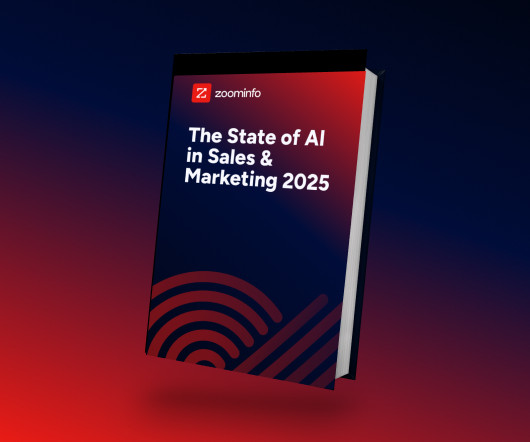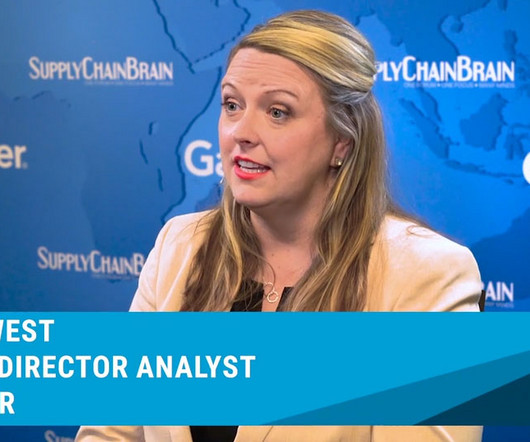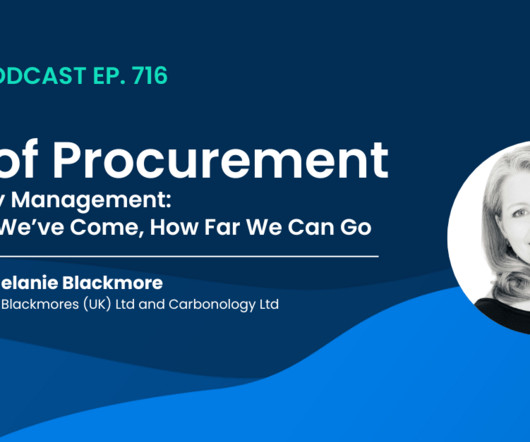New Report Says Supply Chains Must Embrace AI Now, or Be Left in the Dust
Supply Chain Brain
JULY 21, 2024
The progress of supply chains in adopting AI varies widely. So does the return on investment. But according to one recent study, there’s one strategy that guarantees failure: doing nothing.




















Let's personalize your content